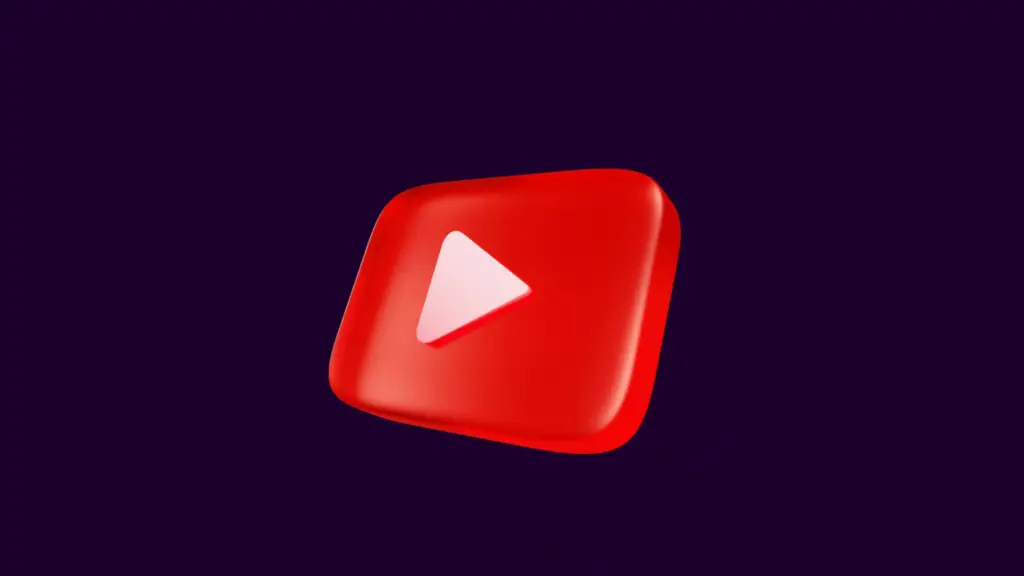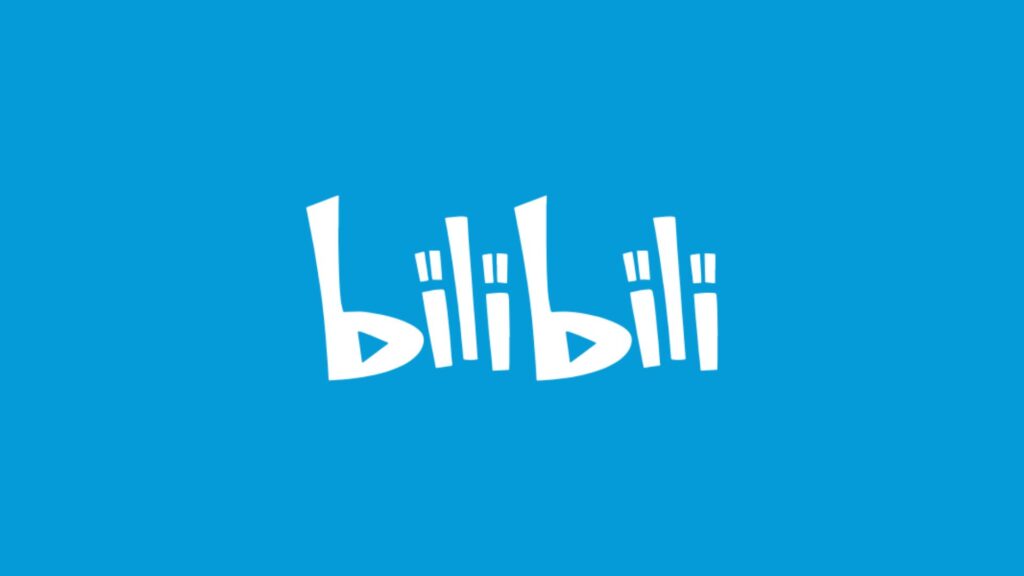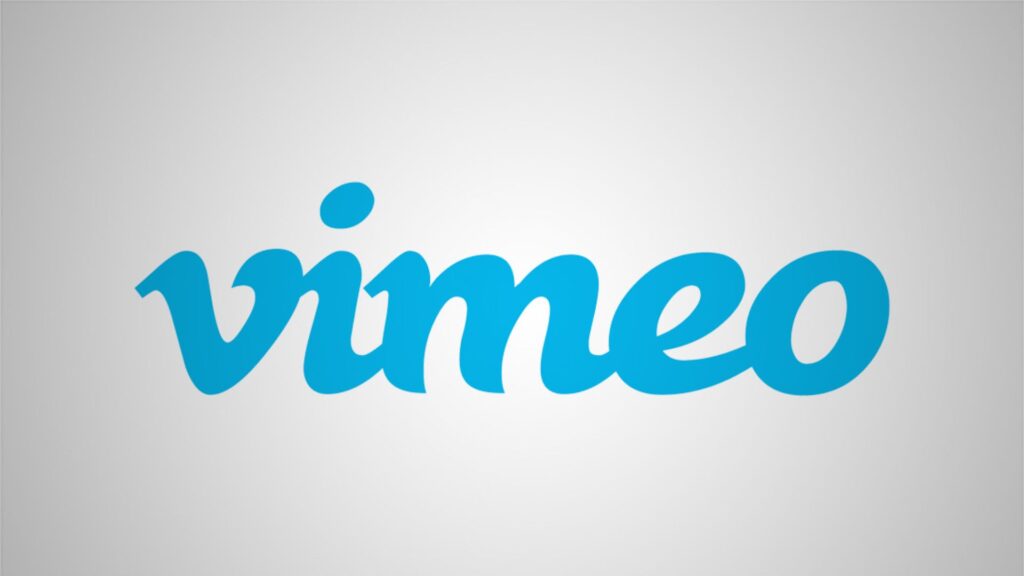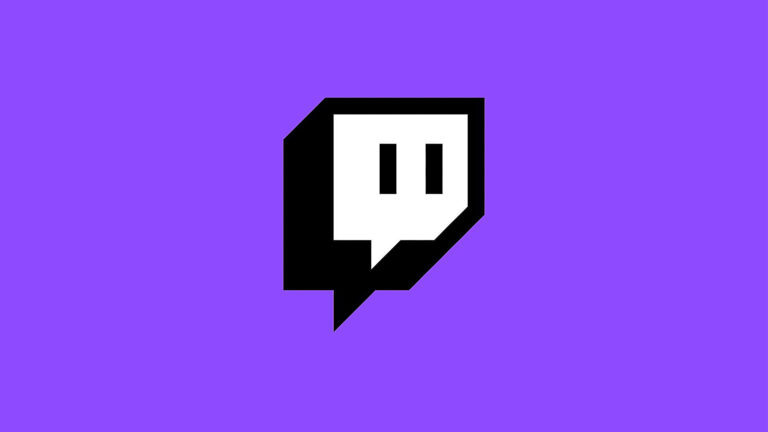In 2025, video-sharing platforms continue to dominate the digital landscape, reshaping how we create, consume, and share content. From viral trends to educational tutorials and blockbuster live streams, these platforms have become the heartbeat of online interaction.
This list organizes the most popular video-sharing platforms by the number of monthly active users (MAUs) and pageviews, in accordance with data from Similarweb.
1. Facebook (3.05 billion MAUs)

Initial release date: 2004
Facebook is the world’s largest social media platform, with just under 40% of the human population using it.
Over 200 million businesses use Facebook tools, and over 7 million advertisers promote their business on the platform.
This platform, run by Meta Platforms, Inc., supports every type of content, including text, images, videos, and Stories. However, the Facebook algorithm prioritizes the kind of content that incites meaningful conversations between people, especially family and friends.
2. YouTube (2.49 billion MAUs)

Initial release date: 2005
YouTube is a video-sharing platform in which users watch billions of hours of video content on a daily basis. Aside from being the largest app on social media, YouTube is considered the second-largest search engine after its parent company Google.
If your business uses video to promote itself, you absolutely must add YouTube to your marketing strategy. There are tons of tutorials on how to create YouTube channels for brands.
3. Instagram (2 billion MAUs)

Initial release date: 2010
Instagram is the place to showcase products, services, and lifestyle with photos and videos. It also supports Stories, Reels, and live content.
By creating an Instagram business profile, you will be able to see rich analytics regarding your posts and profile along with the ability to schedule posts with third-party tools.
Hashtags allow you to target specific and broad interests to reach your intended audience.
4. TikTok (1.8 billion MAUs)

Initial release date: 2016
TikTok is a short-form video-sharing application. Even though it is young by comparison to other competitors on this list, it has become one of the fastest-growing apps in the world, recently overtaking Google as the most visited site on the web.
On TikTok, users create and share videos between 15 seconds to 10 minutes long, and the app has a massive catalog of sound effects, filters, and music snippets to enhance videos.
Videos are available to cater to almost any interest, ranging from lip-syncs, challenges, and dancing to DIY tricks and make-up tutorials.
Douyin is the Chinese version of TikTok and is exclusive to the territory.
5. Snapchat (850 million MAUs)

Initial release date: 2011
Snapchat is a platform where users create short videos and photos between friends. It popularized the vertical video format, which proliferated to other platforms like Instagram and TikTok.
Nearly 70% of teenagers in the United States claim to use Snapchat. It works best for younger audiences when trying to promote products, services, and general content.
6. Kuaishou (715 million MAUs)

Initial release date: 2011
Kuaishou is the Chinese rival to TikTok and Douyin. Like its competitors, the platform allows users to overlay stickers and text to videos and images and add sound bites. Users live stream content to followers on the platform to record longer videos.
7. Dailymotion (400 million MAUs)

Initial release date: 2005
Dailymotion is a French online video-sharing platform, and one of the first to support HD playback. It shares many of the same features as other platforms like YouTube, such as personalized content, the ability for creators to monetize and reach a global audience, offline viewing, and live streaming.
8. Bilibili (340 million MAUs)

Initial release date: 2009
Bilibili is a Chinese video-sharing platform renowned for its focus on animation, gaming, and youth-oriented content. Originally launched as a hub for anime fans, Bilibili has grown into a versatile platform with a rich mix of professional and user-generated content. Its community-driven approach and interactive features make it a favorite among Gen Z and millennial audiences.
9. Vimeo (260 million MAUs)

Initial release date: 2004
Vimeo is a professional video-sharing platform designed for creators, businesses, and organizations seeking high-quality video hosting and streaming solutions. Known for its focus on polished, ad-free content, Vimeo caters to filmmakers, artists, and enterprises aiming to showcase their work without distractions.
10. Twitch (240 million MAUs)

Initial release date: 2011
Twitch is a live-streaming platform for games and gamers. It offers various forms of entertainment beyond this. Users can make a channel, stream their gameplay, and interact with their personal audience via chat.
Over the years, it has become the central hub for eSports and gaming communities. It is a place in which many professional players, tournaments, and teams use it to broadcast their matches.
If you’re interested, consider checking out our list of the largest social media platforms of 2025, ranked.

